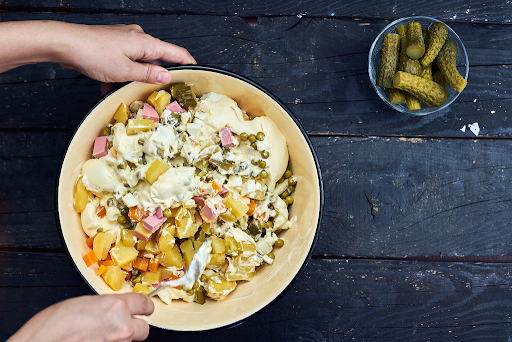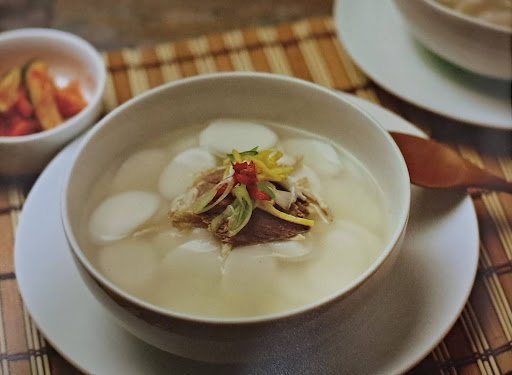The New Year brings time spent with family, resolutions, and, of course, good food. The holiday dates back to the time of the ancient Babylonians, around 4,000 years ago. Then, the holiday fell in the spring and was celebrated by an 11-day-long religious festival. This celebration also marked an important political event – during these 11 days, a new king would be crowned or the reigning king’s power would be symbolically revived.
Over the next 2,000 years, the holiday changed and had no set date. But in 46 B.C., Julius Caesar created the Julian calendar, and officially set January 1 as the New Year to honor Janus, the Roman god of beginnings.
New Year traditions vary from country to country: in Spain, people quickly eat a dozen grapes right before midnight on December 31 to symbolize their hopes for the New Year; in Italy, lentils are thought to represent financial prosperity (as they look similar to coins), and so many New Year dishes include lentils; in Greece, the Netherlands, and Mexico, ring-shaped pastries and treats are served, symbolizing that the year has traveled a full circle; and in Sweden and Norway, a single almond is hidden inside rice pudding – whoever finds the nut is thought to have good luck in the coming year.
Although these customs may seem incredibly varied, they all center around food: many families cook a special meal to welcome in the New Year. Two OHS students share traditional recipes from their respective Russian and Korean cultures.
Olivier Salad

OHS student Karina Solodova (‘28) shares her recipe for this traditional Russian New Year recipe– she says that it is “very easy” to make. It was created in the 1800s by chef Lucien Olivier, who also gave the dish its name. The chopped vegetable and meat salad is very popular in Eastern Europe, with different variations incorporating carrots, ham, and onions.
Ingredients
- Boiled potatoes
- Boiled eggs
- Pickles
- Bologna or докторская колбаса (if available)
- Mayonnaise
- Sour cream or yogurt (optional)
- Green peas
- Cooked carrots
Chop the potatoes, eggs, pickles, and bologna or докторская колбаса into rough, one-centimeter cubes and combine in a medium bowl. Stir in the mayonnaise or mix of mayonnaise and sour cream or yogurt. Add green peas and chopped cooked carrots, and stir to combine. Enjoy!
Tteok Guk

This traditional rice cake soup is made to celebrate the Korean New Year, and symbolizes one’s growing another year older. According to the traditional Korean Lunar calendar, the New Year falls in late January or early February. Student Susie Yang (‘25) contributed this recipe from the cookbook Kye Kim’s Modern Korean Cooking.
Ingredients
- Oil, for greasing
- Egg
- Beef
- Seasonings
- Rice cakes
- Green onions, for garnish
Soak 1 paper towel in a small amount of oil. Lightly oil a frying pan. Cook egg white and yolk separately, tilting the pan to create a thin pancake. Slice this “pancake” thinly to make egg jidan (thinly fried egg used for garnish).
Soak beef in cold water for 30 minutes. Place the beef in a large pot, add 6 cups of water, and boil. After reducing the heat, let the broth simmer for 1 hour and remove the beef. Remove the fat from the broth and add salt and pepper. For the boiled beef, slice into thin strips and marinate with seasonings.
Pour the broth into another pot and boil. Add rice cakes and cook for 3 minutes. Transfer the broth into individual bowls and add the marinated boiled beef, the egg jidan, and sliced green onions on top.
